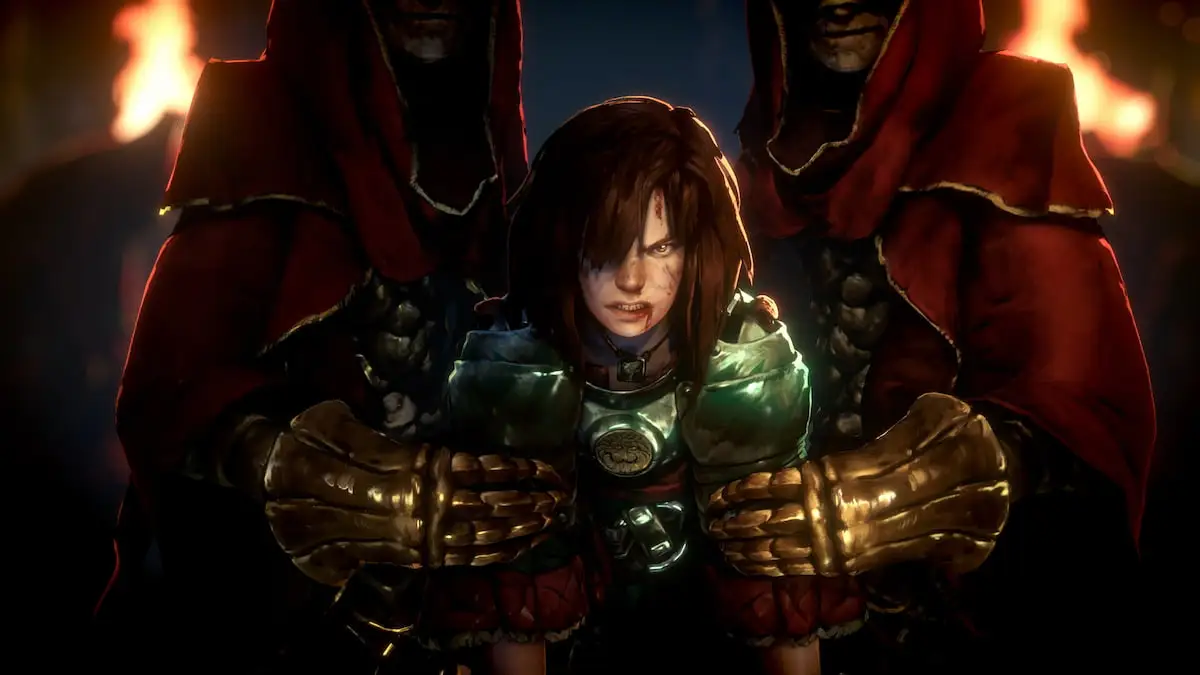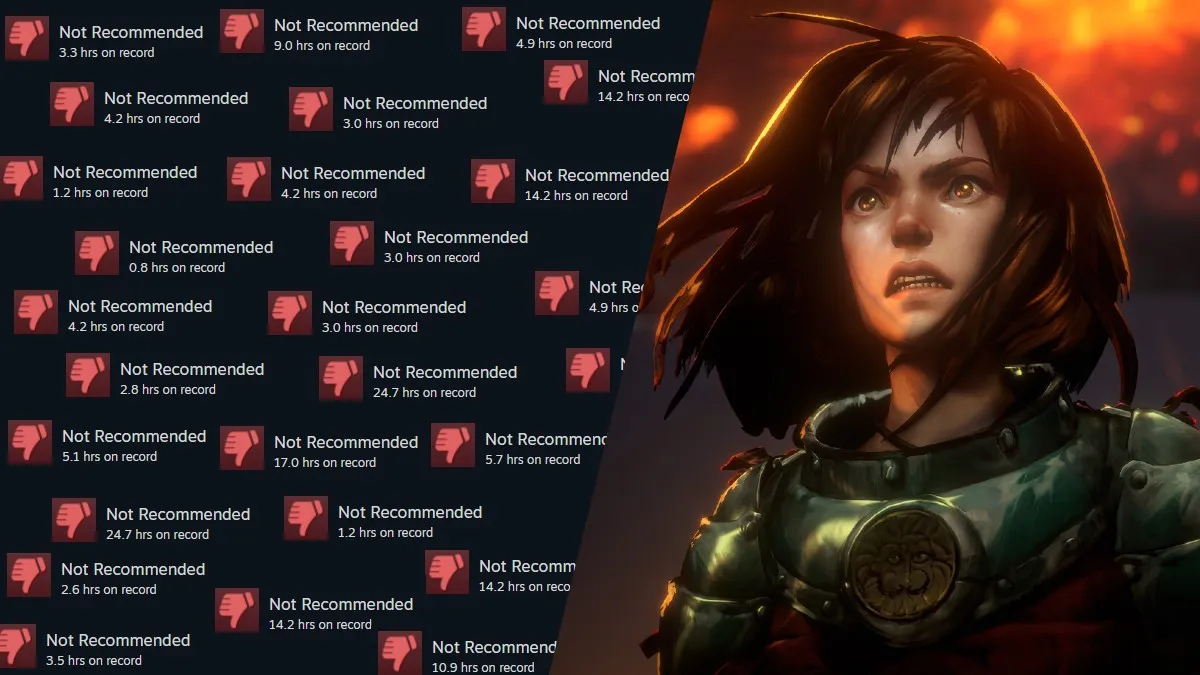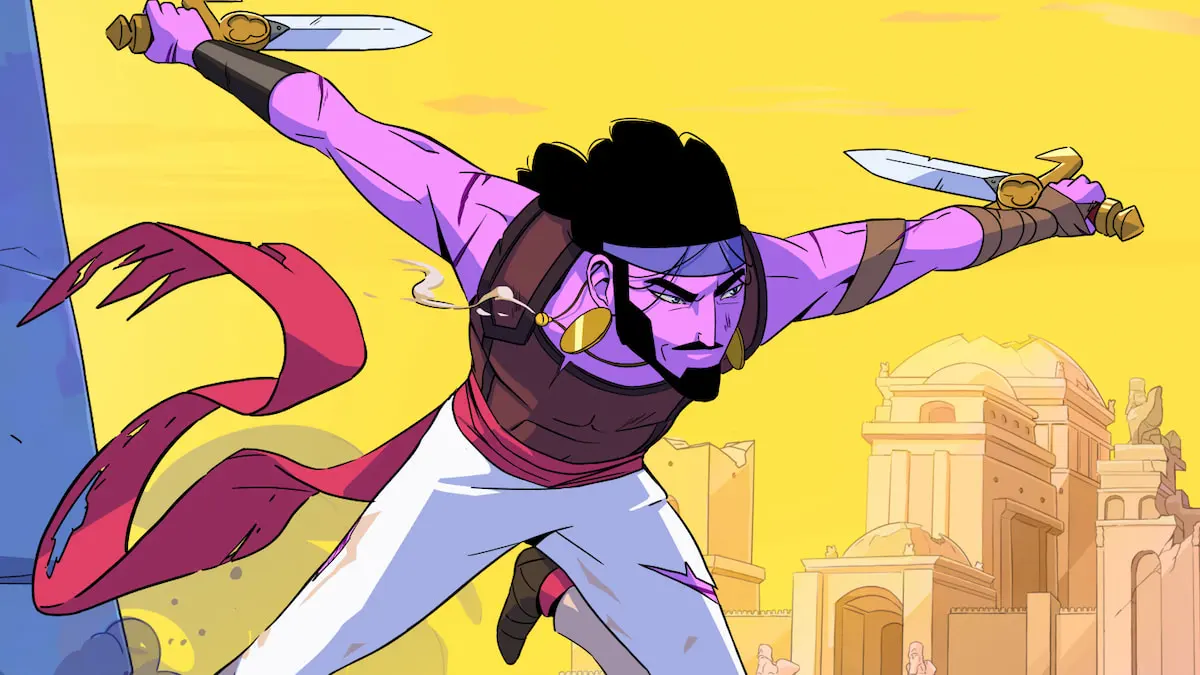Like one of its horrible beastly necromorphs, Dead Space 2 is creeping up on us with unnerving silence. EA’s action horror is out in three months, which means it’s time to sit down with creator Visceral Games and find out what the hell is going on in here.
Multiplayer, that’s what, according to executive producer Steve Papoutsis – a man who seems impervious to jet lag, if his ability to talk only a few hours after getting off a long-haul flight from the US is anything to go by. Perhaps such physical toughness is the result of a life spent trying to make gamers crap their pants. That, and worrying about strategic dismemberment.
Eurogamer: I’ve seen the multiplayer called Left 4 Dead Space. Is that a fair comparison or does that piss you off?
Steve Papoutsis: No, I think it’s awesome. Left 4 Dead’s an awesome game so it’s a super nice compliment. Any time you mix in a horror element with zombies people are going to think about Left 4 Dead. But our game is completely different. We couldn’t do something like Left 4 Dead in our game, and I don’t think they’d do something like Dead Space in theirs.
Eurogamer: How would you describe the feel of the multiplayer?
Steve Papoutsis: The first thing players notice is the two sides feel completely different. Being able to wall walk as a Lurker in multiplayer is quite different than running around as a security officer from a Sprawl security team.
In terms of the action, it can go anywhere from being really frantic to being strategic. To succeed as the humans you want to stick together and work together towards the five different objectives we have. As the necromorphs, teaming up on guys – trying to go after one person as the Pack, for instance, isn’t going yield the best results – but if you have two or three guys going after a human it’s going to be a lot better and a lot more fun as you terrorise them and run around and slice them to bits.
Eurogamer: Dead Space was a cracking single-player experience. Why is multiplayer even in Dead Space 2?
Steve Papoutsis: We don’t want to force people who don’t want to play multiplayer to play it. Our goal with it was to create something unique and innovative for the Dead Space franchise. That was number one.
Number two, we like playing games with our friends. While there is a vocal group that thinks multiplayer may just be an unnecessary addition, there is equally as many if not more that wanted it. Actually that was the number one feature request we had from people that played the game.
A lot of people, when we started talking about multiplayer in very vague terms, they were thinking anything from what we have to co-op in single-player campaign. There was a lot of panic around that. The balance we struck is perfect.
Eurogamer: You talk about epic moments in the single-player. Are they rare? What do they set out to achieve?
Steve Papoutsis: These moments are breaks in the standard progression through the game. We showed, at gamescom, Isaac restoring power to The Sprawl and manipulating solar rays in a Zero G puzzle, and having a fight with that nest creature. And then out of the blue you’re rocketing down to The Sprawl in almost a HALO jump type of experience.
The goal with them is to augment the pacing of the game – to keep players guessing. If you think back to older games where, let’s say, I’ll go way back to NES, you’re playing a game like Golgo 13 – one minute it was a side-scrolling shooter, the next you’re in an underwater section, the next you’re doing a sniper mission. Those moments kept you excited and waiting to see what was going to happen next and see where the story was going to go.
That’s what we’re doing with the epic moments. We want to keep people on the edge of their seat throughout the game, but not just from being intensely terrified; also with the interest of, what’s going to be around the corner? What other cool thing am I going to wind up doing? It’s in addition to the tension.
If you think about a piece of music where, let’s say Dead Space 1, things happened on the twos and the fours. Maybe in Dead Space 2, they’ll happen on the ones and the threes, and then happen on the twos and the fours. We don’t want to get into a repetitive pattern where you walk up to something, push a button, it’s a monster closet. We want to keep that varied. So these moments give us an opportunity to cleanse the palette, so to speak.
Eurogamer: One of my favourite things about the first game was the despair and loneliness during the quieter moments when you were exploring. Is the bulk of Dead Space 2 similar? How do you balance that feeling with the desire to have these epic moments?
Steve Papoutsis: What you’re really talking about is the atmosphere of the first game. It was creepy and you didn’t know what was around the corner. You’d hear a sound in the distance and you were scared as you were heading towards it, and then maybe there was nothing. It was that psychological playing that we did.
In Dead Space 2, we’re certainly going to have moments like that. But the setting dictates some of what you experienced in Dead Space 1. You were in an abandoned ship where the infection had happened. It leant itself more to that style.
In Dead Space 2, The Sprawl is a space city. The moment when the game picks up, it’s not exactly identical to Dead Space 1 in terms of what’s going on. You’ll see a progression through the game where you’ll get to moments like that. You’ll have that same dread and sense of the unknown, what may be around the corner.
But then there will be other moments where maybe that’s not there intentionally, because we want to set you up for the later moments. If you think about a zombie movie or something, sometimes in those movies at the beginning there are people, and then as they get picked off you start to get more into that atmosphere of what’s around the corner. That’s a good way to envision what may be going on in Dead Space 2, without giving away the details.
Eurogamer: It must be a challenge to continue Dead Space’s production values, but in a huge city. The bigger the play-space, the less control you have over the experience and being able to set up what you want.
Steve Papoutsis: On Dead Space, at the end, one of the tasks I had was focusing on the atmosphere and the horror. For me, at the end, it wasn’t scary at all. I thought, people aren’t going to think this game’s scary. I was very concerned that people were going to think it’s not scary.
Eurogamer: Why did you feel that way?
Steve Papoutsis: Once you’ve played something or you’ve orchestrated certain moments to happen you know what’s going to happen and you don’t react to it in the same way. We’re in the same situation now where we’re in the mode where we’re orchestrating and implementing a lot of these atmosphere-building, tension-filled moments. As a developer, you get desensitised to it. You look at something 10 times or 20 times in a day because you’re trying to get it just right, you kind of get a little blurry-eyed.
Getting to show it to people lets you know, OK, we’re on the right track here. It does make a person jump. Or, people are sitting on the edge of their seat while they’re playing this segment.
It’s extremely challenging to try to map out atmosphere and do those types of things. Even with the original game, where many people said it was very scary and they enjoyed the atmosphere and the tension, there were equal numbers of people who said the game wasn’t scary at all.
Eurogamer: I can’t believe that.
Steve Papoutsis: Read the internet! There are people out there who say, “Ah, it was a good game, but it didn’t make me scared.” Everybody’s different, right?
Eurogamer: Maybe they’re lying to appear brave on the internet.
Steve Papoutsis: Well… It’s challenging. It’s not like doing a math problem where you know you either have an answer or you don’t, it’s right or wrong. A lot of it is up to the player’s imagination.
Dead Space 2 will probably be a much scarier game if you’re playing it in a dark area with headphones on, versus playing it in the middle of a shopping mall with a hundred people running around. A lot of that comes into play, too: where you’re playing it, when you’re playing it, who’s around when you’re playing it, and whether or not you want to get lost in that adventure, or you’re going to be sceptical.
Eurogamer: Film directors have complete control over what the viewer sees. But the videogame player could just break everything you’re trying to achieve by walking in the wrong direction or looking in the wrong place. How do you tackle that?
Steve Papoutsis: You do things and you take steps to try to channel them the way you want them to go. You can do things as heavy-handed as taking the camera and pointing it at something, which is effective. But a lot of the time we want to let things progress around you so you discover it.
There are lots of moments in the game where maybe you’re looking the wrong way or you’re dealing with something else. One of the things as we’ve been going through, now that we’re getting towards the end where we’re polishing, is to look at the set-ups we have.
For instance, let’s say there’s a set-up right there [points at window] where I want you to see something out that window. What you don’t want to do is put a collectible or an object in front of it that’s going to distract your eye.
So we’re looking at things like that – but not getting rid of them all. Doing that can also be effective. You run over to get that collectible and then something happens because you’re focusing on something else. So, just evaluating every step through the game and figuring out, what’s the focal point in the scene? What are we trying to achieve? Are we setting a person up for a scare? Do we want them to see something important? Just going through each of those things and trying to not have competing elements in a scene to take away attention from what we want people to see.
Steve Papoutsis is executive producer on Dead Space 2, due out on the PC, PlayStation 3 and Xbox 360 on 28th January.



